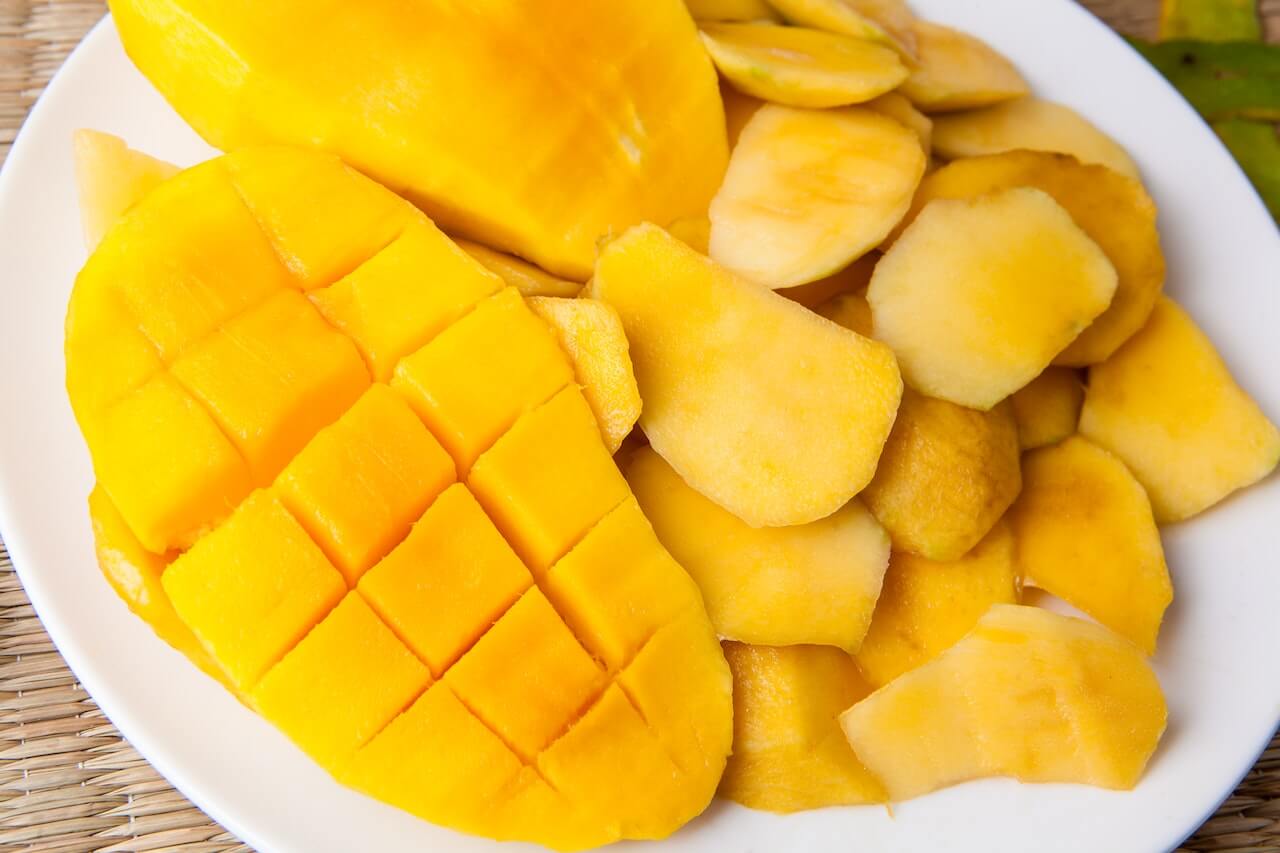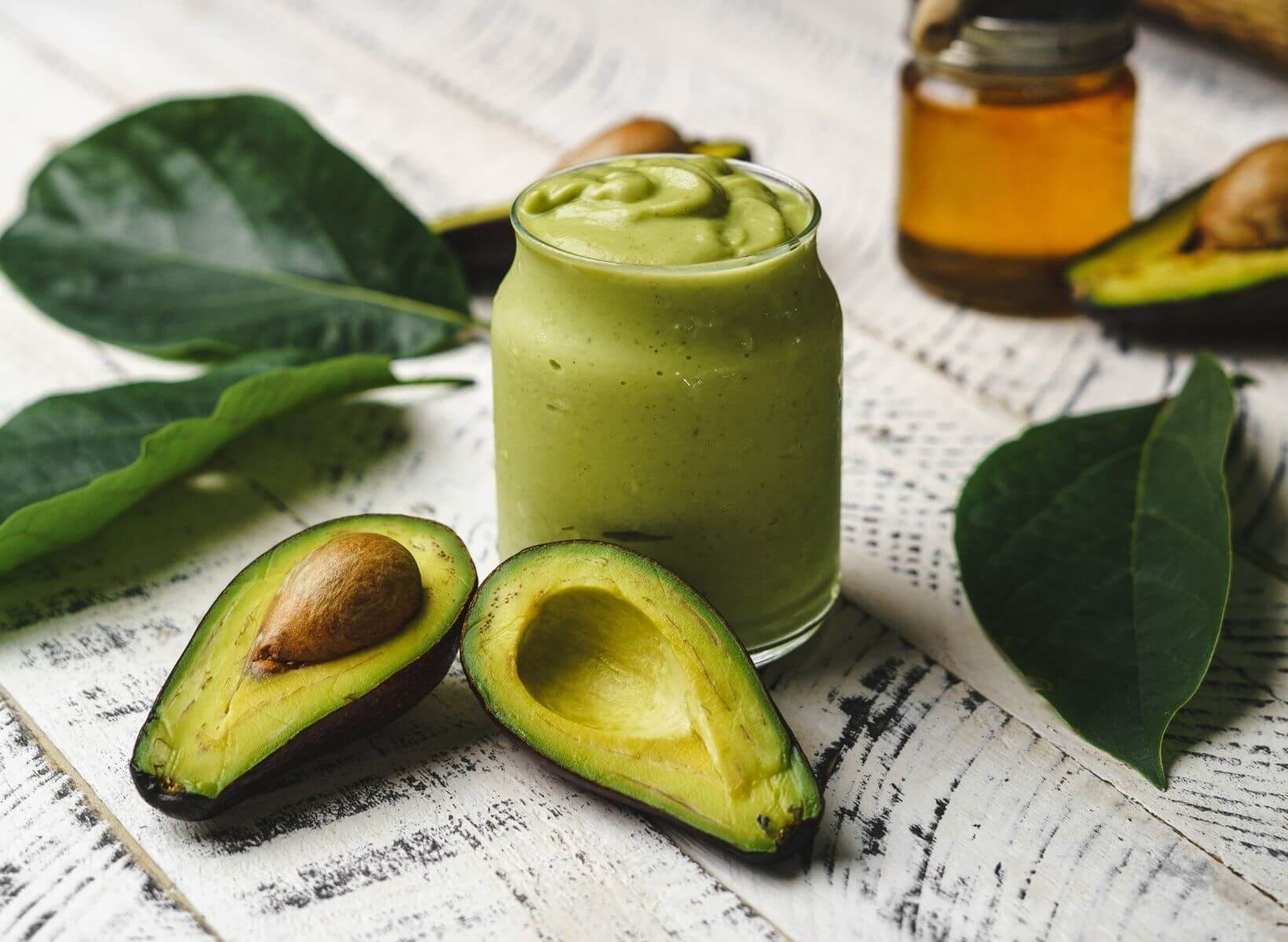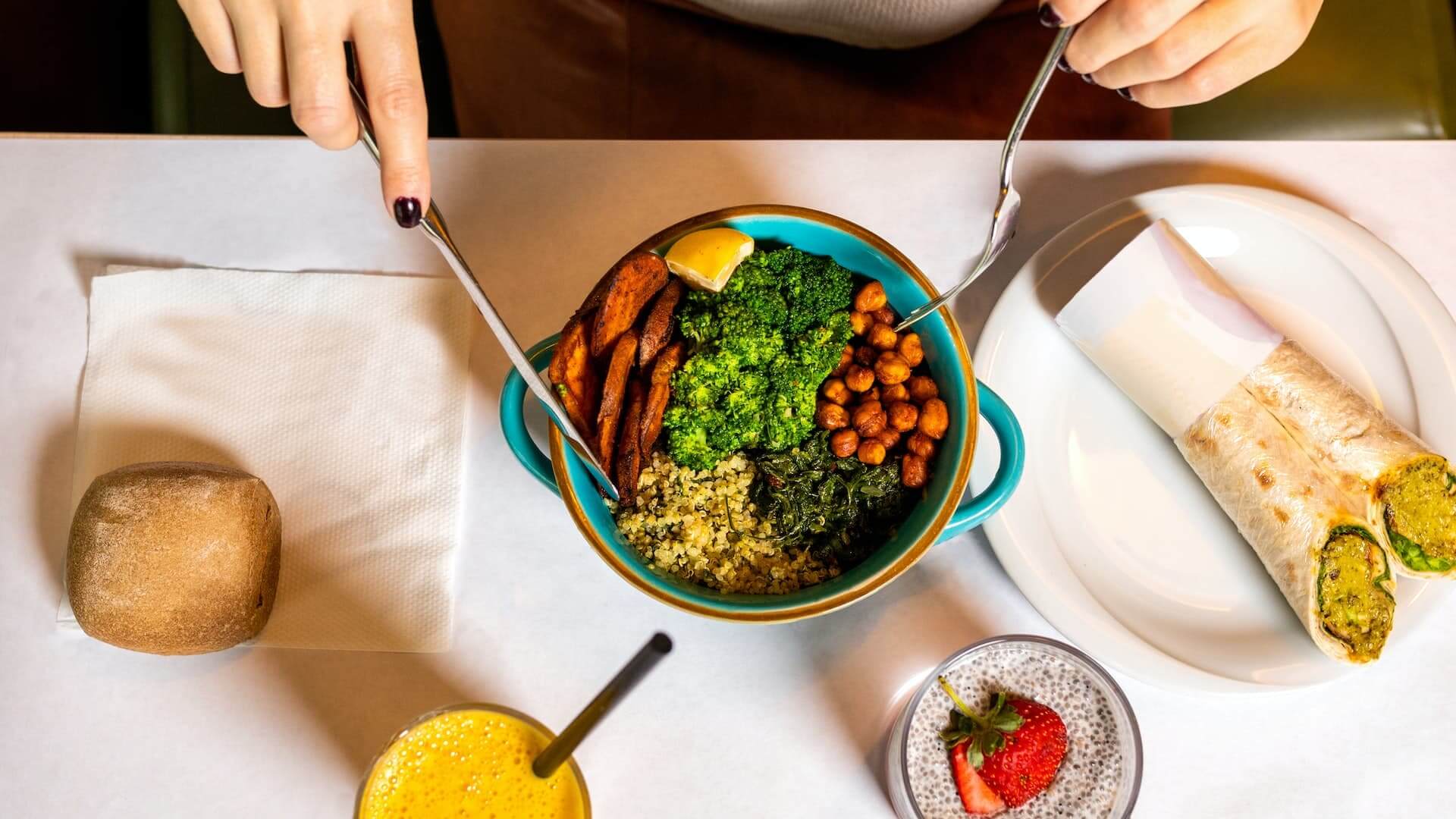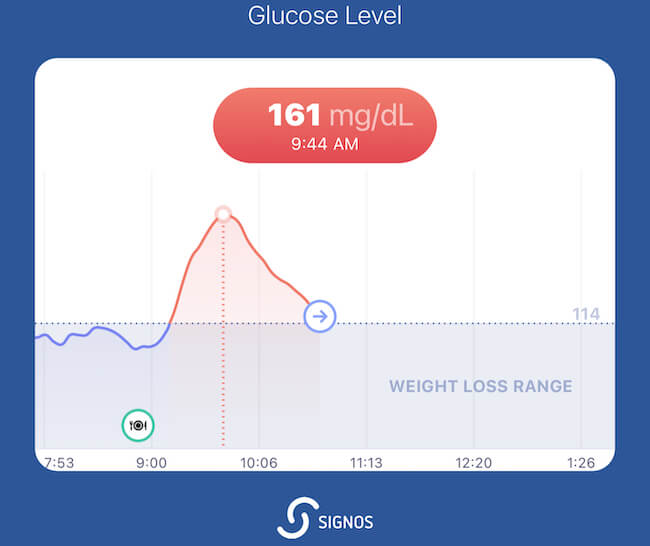Mango is often called the “king of fruits” for its impressive antioxidant content. However, people with blood sugar problems may wonder about the glycemic index of mango and whether it’s safe for them to consume. How does eating this treat affect your blood glucose levels?
A food's glycemic index isn’t the only factor to consider when deciding on a snack. You should also examine what nutrients and other substances it contains — some of which your body needs to function at its peak.
However, does the glycemic index of mango mean it’s safe for people living with type 2 diabetes? Here’s what you need to know about mango’s sugar content and its effect on blood sugar levels.
Is Mango Good For You?
Mango is good for you — at least in moderation — because of its nutritional profile. It earned its nickname as the king of fruits because it’s high in various substances you need for good health, like vitamin A.
Vitamin A isn’t the only nutrient you’ll find in abundance in mangos. This member of the cashew family is chock-full of vitamins and minerals, including over 200% of your daily recommended allowance of vitamin C.1 Keeping sufficient levels of the sunshine vitamin in your body through your diet can shorten a cold’s duration if you have it in your system before getting sick.
<p class="pro-tip"><strong>Learn more: </strong> <a href="/blog/honey-glycemic-index"> All About Honey Glycemic Index and How It Compares to Sugar</a>.</p>
Mango Nutrition Facts
What’s in every one of these tropical delights that you eat? Here are the mango nutrition facts you should know before digging in. One cup (165 grams) of mango contains:2
- Calories: 99
- Carbohydrates: 24.8 grams
- Fat: 0.627 grams
- Protein: 1.35 grams
- Potassium: 277 milligrams
- Sugars: 22.6 grams
- Fiber: 2.65 grams
- Magnesium: 16.5 milligrams
Additionally, each whole mango contains 20% of your dietary fiber. If you’re wondering if mango is good for weight loss, there’s part of your answer. High-fiber foods take longer to pass through your digestive system, keeping you feeling fuller longer and reducing the urge to snack between meals.
Mango also has a healthy dose of folate. This nutrient is crucial during pregnancy to avoid fatal neural tube defects in the developing fetus.3 Additionally, it’s a fabulous source of copper, a trace mineral vital for making blood vessels and connective tissues and producing energy.
What Is the Glycemic Index of Mango?
The glycemic index (GI) and glycemic load (GL) are measurements that tell you how carbohydrate-based foods will impact blood glucose levels. Understanding the GI and GL of different foods can help people with diabetes make informed decisions about what to eat.
Even though mangoes are healthy, they will impact your glycemic index, but not as profoundly as you might think. Technically, low glycemic index foods have a rating of less than 55.4 Mangoes have a glycemic index of 51, making them technically low GI. That’s because many carbs in mangoes consist of filling fiber, not sugar alone.
Although the glycemic index of mangoes is low, that’s not to say mangoes are low in sugar. They contain 46 grams of the sweet stuff, nearly the 50 grams you’d eat if following the 10% guideline on a 2,000-calorie diet.5
However, that 50-gram guideline only applies to added sugars, not those found naturally in foods. Examples of foods high in added sugars include:
- Cakes
- Milk chocolates
- Pies
- Cookies
- Candies
- Sodas
Those in the snacks you consume coexist with other nutrients, altering their effect on the body. In the case of mangoes, most of those changes improve your health.
How Does Eating Mango Impact Blood Sugar?
One of the greatest benefits of mango may be its impact on your blood sugar. Consider what researchers have discovered to date.
The glycemic index of mango doesn’t tell the full story. One study on rats with diabetes examined how mango affected the antioxidant levels in their livers. The impact of mango on fatty, bile, and amino acids was significant.6 Another study on obese individuals found adding mango to their diets benefitted glycemic control and lowered inflammation.7

Mango vs. Prediabetes vs. Diabetes
The relationship between mango, prediabetes, and diabetes remains unclear. However, the research indicates eating the fruit might not lead to or worsen this condition.
On the one hand, mangoes contain a considerable dose of natural sugar, and eating too much or too many in one sitting could affect blood glucose. However, the fiber slows down the absorption, and research suggests the other phytonutrients these superfruits contain may benefit your numbers through yet-unknown channels.
Therefore, it’s safe to add mangoes to your diet in moderation. Doing so could benefit your health and potentially reduce your diabetes risk.
7 Benefits of Eating Mango
You can eat mango raw or include it in recipes. You might want to do so regardless if you currently live with diabetes for the following health benefits.
1. Helps to fight cancer
Antioxidants are substances that remove damaging free radicals from your body before they steal electrons from your body’s cells, causing mutations, including cancer.
2. Supports cholesterol levels
Mangoes are a high-fiber food. Eating five to ten grams of insoluble fiber daily lowers LDL or bad cholesterol.8
3. Promotes healthy eyes
Mangoes contain high levels of vitamin A. This nutrient helps you maintain your visual acuity, especially at night.
4. Improves digestion
Although you don’t directly digest fiber, the healthy probiotic bacteria lining your gut do. Eating foods high in this stomach improves your digestion by keeping your microbiome healthy.
{{mid-cta}}
5. Helps against heart diseases
High cholesterol leads to heart disease by forming sticky plaque that clogs arteries. Mangoes reduce your risk by improving your blood lipid profile and lowering total cholesterol.
6. Boosts immune system
Each mango has more than two times the RDA of vitamin C and high amounts of calcium. These nutrients can shorten a cold’s duration, but only if you have it in your body at the first sign of symptoms.9 Eating a mango a day could keep the doctor away.
7. Helps treat anemia
Each mango contains 2% of your RDA of iron. You need this nutrient for red blood cell production to carry nutrients to all parts of your body.
Is Mango Good for Weight Loss?
Mango provides a hefty dose of nutrition for a relatively small number of calories. Therefore, they make a great addition to many weight loss plans.
Blood sugar spikes can make it hard to diet because they spur cravings that drive you to the fridge. The fiber in mango means the nourishment hits your body slowly, preventing spikes and between-meal snacking.
Potential Side Effects of Eating Mango
Although rare, it’s possible to be allergic to mangoes. Symptoms include sneezing, stuffiness, runny nose, and upset stomach. Too much of anything is unwise, and eating several mangoes in one sitting could overwhelm your body with sugar.
How to Prevent Mango from Spiking Your Blood Sugar Levels
Some sensitive individuals may still experience blood sugar spikes from eating mangoes on an empty stomach. Your best bet is combining this fruit with another food, preferably a protein source. For example, consider stirring some mango into vanilla yogurt.
Mango vs. Cholesterol vs. Obesity
The high fiber in mangoes can lower your cholesterol. In general, individuals with obesity have more elevated triglycerides and bad cholesterol. Including mangoes in your diet may help keep these numbers in check.
What Is the Ideal Intake of Mangoes?
Due to its sugars, sticking to one mango a day is ideal for diabetic or pre-diabetic populations. Plus, your body will flush out extra nutrients it doesn’t need. Eating multiple mangoes for their benefits in one day likely won’t make any changes; moderation and portion size is key.
5 Ways of Incorporating Mangos into Your Diet
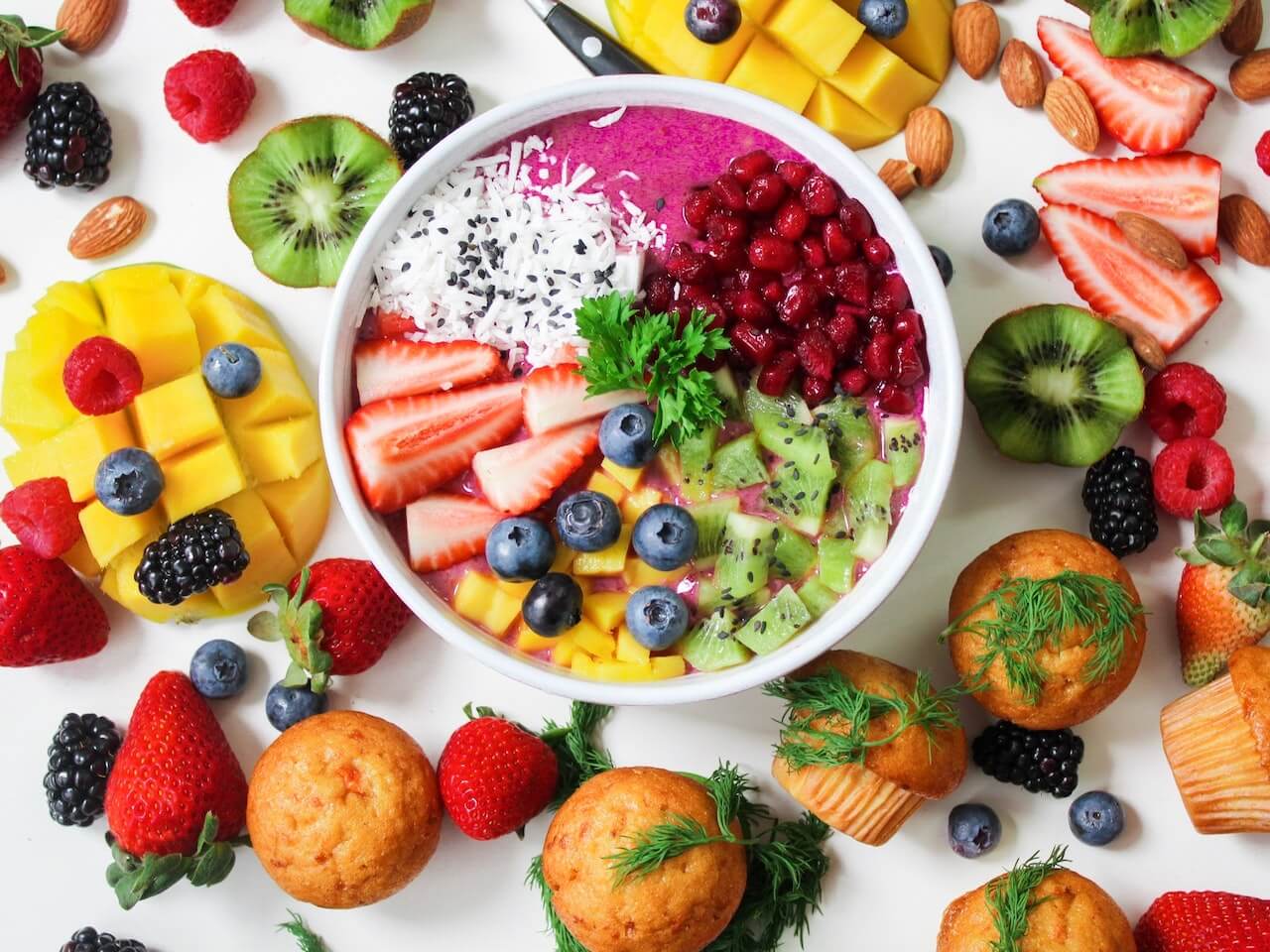
You can certainly eat mangoes raw. However, these fruits can also add flavor to other recipes. Take a look at these other things mangoes are good for.
1. Add Into Smoothies
A delicious breakfast smoothie provides ample energy for the coming day without spiking your blood sugar.10 The best versions balance protein, healthy fats, and low GI carbohydrates, so try vanilla yogurt with mango and chia seeds to start your day with a healthy dose of antioxidants and nutrients.
2. Cut Into Cubes and Add to Sauces
Are you considering adding sugar to cut the bitterness in your tomato sauce? Instead, you could whip up this mango Margherita sauce that uses the magic of fruit to sweeten your pasta topper while adding nutritious benefits.11
3. Mix in a Summer Salad
Do you complain about the bitterness of greens like arugula and chard? Don’t opt for iceberg alone; dice some mango into that summer salad to balance it with silky sweetness.
4. Cut and Serve With Other Tropical Fruits
Summer is also the season for fruit salad desserts. Mango mixes beautifully with pineapple, guava, kiwi fruit, oranges, and strawberries for a fresh-from-the-fields taste.
5. Dice and Add to Quinoa Salads
Quinoa salads make healthy sides, but they can be a bit boring. Jazz yours up with a bit of ripe mango, perhaps adding it with red onion and pepper for a sweet and spicy tang.
How to Pick and Cut a Mango Perfectly
How do you cut a mango? If you plan on eating it raw, it’s best to leave the skin on and slice it that way to avoid a mushy mess.
However, it is helpful to know how to peel a mango to use it in recipes. A paring knife works, but a potato peeler also does the job without the high risk of cuts.
Learn More About Glycemic Index and How to Improve Blood Sugar Health with Signos’ Expert Advice
Mangoes are only one tool for managing your glucose. If you want to take control of your blood sugar health or learn more about your glycemic index, Signos can help. Discover the science behind our method and whether our tools can help you achieve the healthy life you deserve.
You can also learn more about the impact various foods have on your blood sugar by exploring our blog. Take a quick quiz to discover how you can take control of your life and health with Signos.
<p class="pro-tip"><strong>Keep reading: </strong> <a href="/blog/how-glycemic-index-and-glycemic-load-impacts-glucose"> What Is Glycemic Index? Glycemic Load? How Do They Impact Your Glucose</a>.</p>
- Item 1
- Item 2
- item 3
Topics discussed in this article:
References
1. Fernadez, Mary Elena. “Is Mango the Luscious Superhero of Fruit?” Retrieved from: https://www.heart.org/en/news/2021/06/02/is-mango-the-luscious-superhero-of-fruit.
2. “Mangos, Raw. Food Data Central Results.” Retrieved from: https://fdc.nal.usda.gov/fdc-app.html#/food-details/169910/nutrients.
3. “Folic Acid.” CDC. Retrieved from: https://www.cdc.gov/ncbddd/folicacid/about.html.
4. “A Good Guide to Carbs: The Glycemic Index.” Harvard. Retrieved from: https://www.health.harvard.edu/healthbeat/a-good-guide-to-good-carbs-the-glycemic-index.
5. “Added Sugars on the New Nutrition Facts Label.” FDA. Retrieved from: https://www.fda.gov/food/new-nutrition-facts-label/added-sugars-new-nutrition-facts-label.
6. Fernández-Ochoa, Álvaro, et al. “Evaluation of metabolic changes in liver and serum of streptozotocin-induced diabetic rats after Mango diet supplementation.” Retrieved from: https://www.sciencedirect.com/science/article/pii/S175646461930619X#s0110.
7. Rosas Jr., Martin, et al. “Effects of fresh mango consumption on cardiometabolic risk factors in overweight and obese adults.” Retrieved from: https://www.sciencedirect.com/science/article/pii/S093947532100541X.
8. “Cholesterol: Top Foods to Improve Your Numbers.” Mayo Clinic. Retrieved from: https://www.mayoclinic.org/diseases-conditions/high-blood-cholesterol/in-depth/cholesterol/art-20045192l.
9. “Common Colds: Does Vitamin C Keep You Healthy?” NIH. Retrieved from: https://www.ncbi.nlm.nih.gov/books/NBK279544/.
10. “Foods to Keep You Cool and Full in the Summer Heat.” Medical Guardian. Retrieved from: https://www.medicalguardian.com/medical-alert-blog/nutrition-recipes/foods-to-keep-you-cool-full-in-the-summer-heat.
11. Mango Margherita Sauce. Retrieved from: https://dashofsanity.com/mango-margherita-sauce/.

